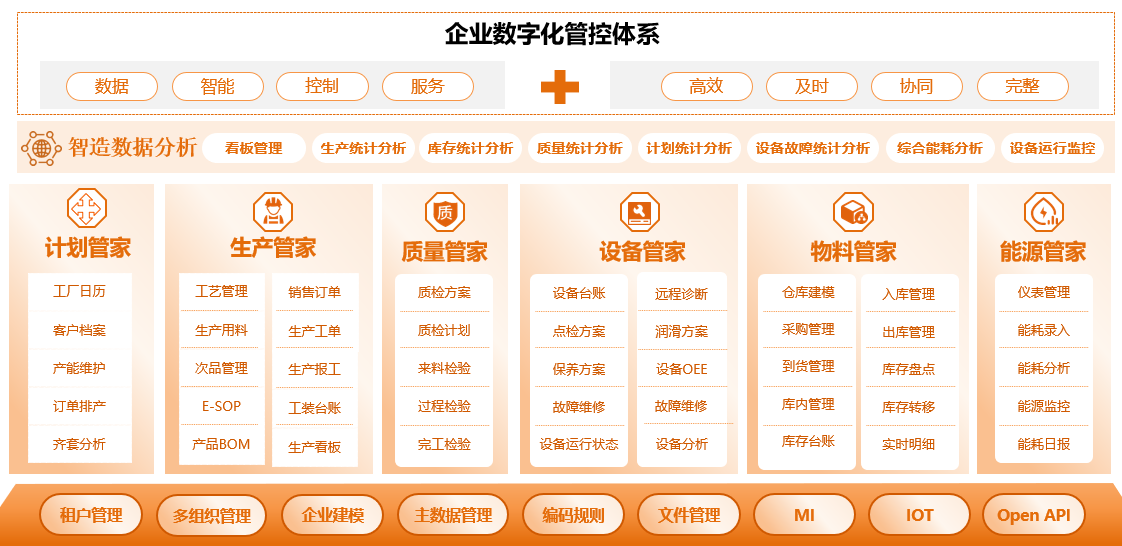-
"Material-intensive, labor-light": The cost of raw materials (such as limestone, silica sand, and clay) constitutes the majority of the total cost of the product.
-
High energy consumption and high emissions: The kiln firing process is the core technology, consuming a large amount of energy, and it is also a major source of carbon dioxide and dust emissions.
-
Product commoditization and standardization: Products (such as cement, flat glass) have a high degree of homogeneity and low added value.
-
Sales radius limitation: The product has a low unit value and a large weight, resulting in high transportation costs by land. The market exhibits a distinct regional characteristic.
-
Scale effect is prominent: By expanding the scale of a single production line (such as a 10,000-ton cement line), the unit cost can be significantly reduced.
-
Strong cyclical industries: The market demand is highly correlated with the cycles of fixed asset investment, real estate and infrastructure construction.
The non-metallic mineral products industry

Industry characteristics
Digital transformation goals
Solution
With the "Small, Fast, Lightweight and Precise" management series, we provide small and medium-sized manufacturing enterprises with lightweight, simple, efficient and precisely adapted production operation management solutions.

Typical case

















